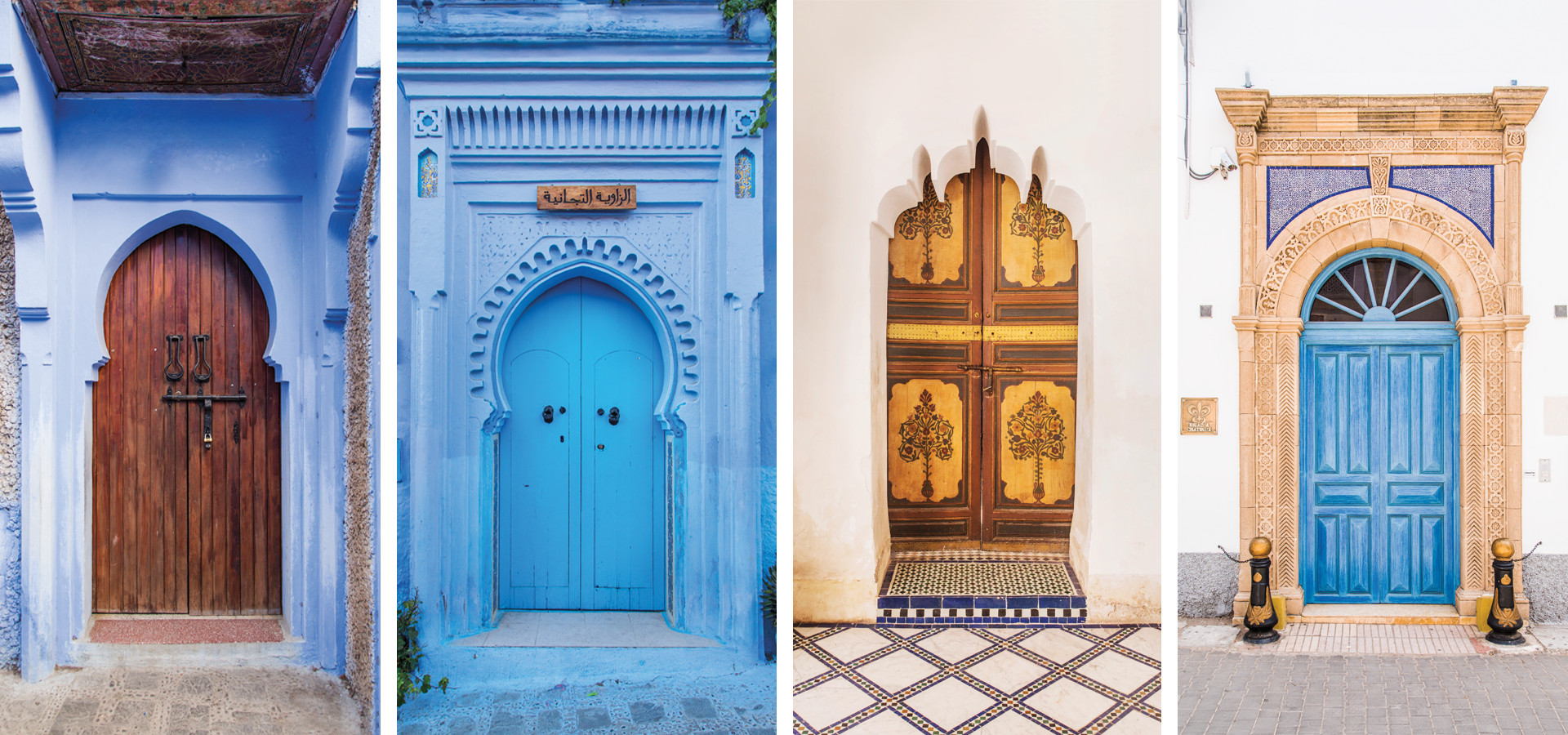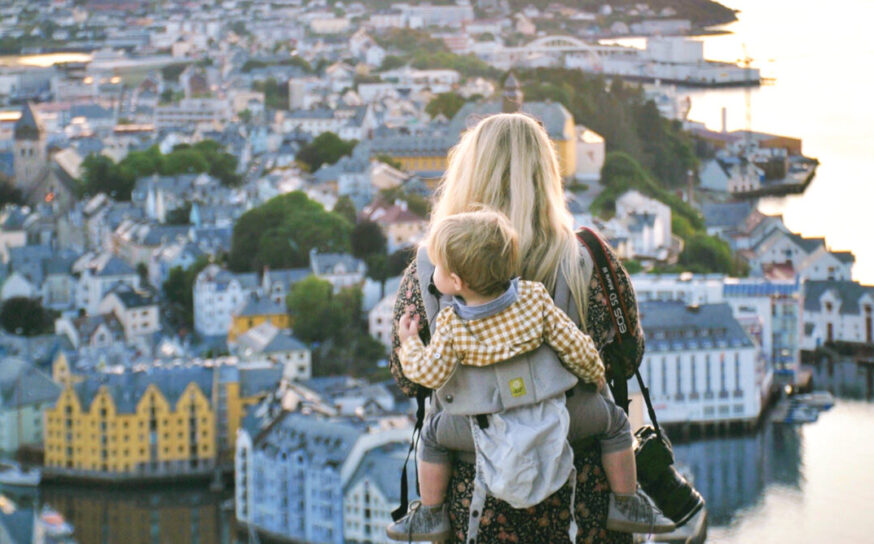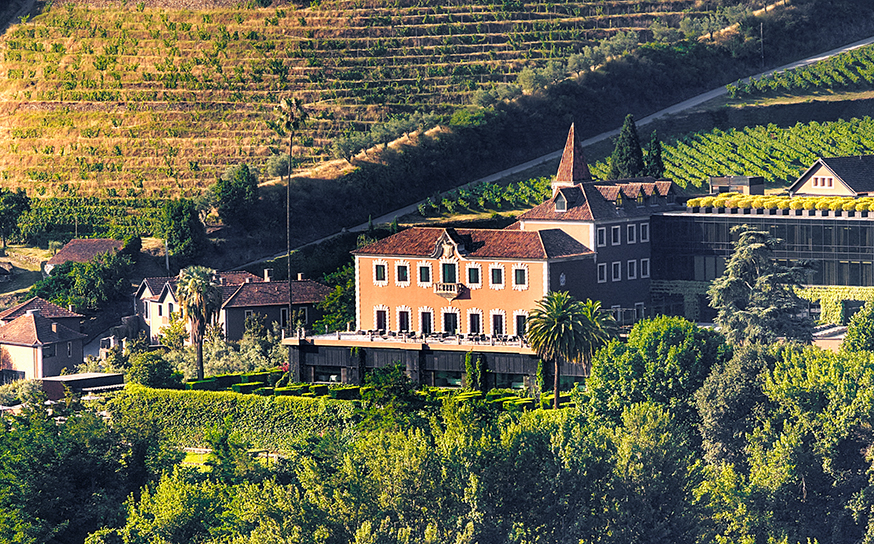An Inspired Look at One of the Style World’s Most Duplicated Global Aesthetics
Designs on Morocco.
- CategoryTravel
- Written byKara Mickelson
- Photographed byShane O’Donnell
The Morocco that most people are familiar with can be captured in and around the famous Jemaa el-Fna square in Marrakesh. It’s an unforgettable adventure. Dancing old-world monkeys, music, water carriers waiting for photo opportunities, street food stalls, storytellers, local dental extractions, snake charmers with ominous cobras, hawkers and hagglers set the scene. It’s the Morocco of the big screen and a place that, once experienced, leaves a lasting impression.
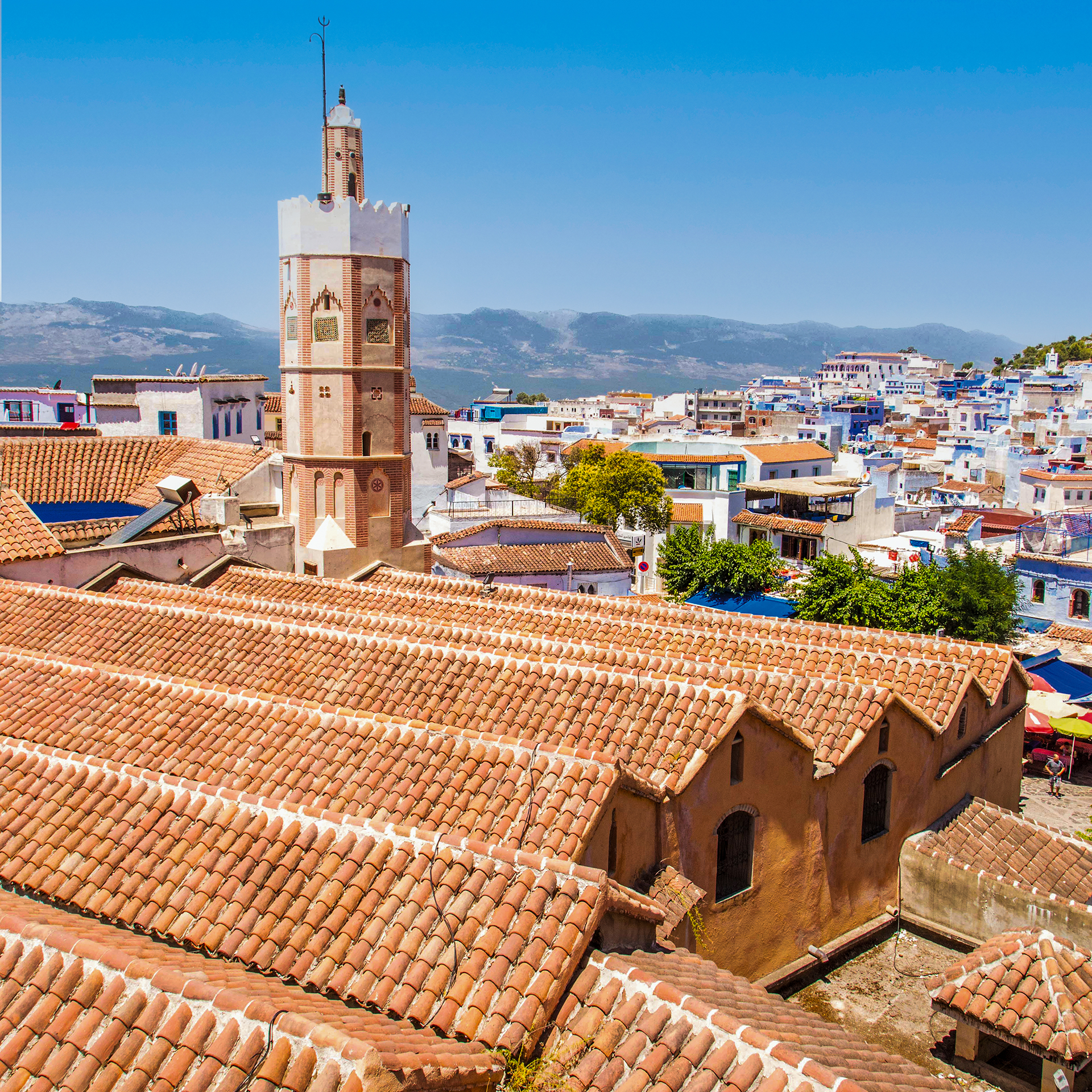
Morocco is a cacophony of sights, sounds and smells. It’s a mesmerizing and contrasting mix of slow and frenetic energy. In the “pink city” of Marrakesh, donkeys and vintage Mercedes share the road. Dust and spices—like cumin, cardamom and turmeric—scent the air.
The atmosphere feels mysterious—a throwback to ancient times, punctuated by modern luxury. Yet the heart of Morocco can be found in the souks (open-air markets), the walled medinas (ancient sections of the city), kasbahs (forts), mosques (places of worship), madrasas (schools, often religious) and in the lively market squares.
Morocco is a mix of cultural influences—from the lowlands to the Berber villages of the Atlas Mountains to the coastal villages that offer a unique and varied design style. This country boasts some of the finest architecture in the world. The detail of craftsmanship is notable.
“A palette of bold blues, reds, greens and yellows offset with white and black is typical of intricate geometric zellige tile design—a mainstay of Moroccan architecture and a great choice for a delightful splash of artistry in a kitchen backsplash, powder room floor or on stair risers.”
Even in modern-day buildings you will still find elaborate, ornamental and intricate work from master craftsmen. Romanesque columns, medieval doors and ironwork, painstakingly carved wood and plaster, and u-shaped and keyhole arches and entryways are design elements reflective of their multi-ethnic history. The predominant style is Islamic, drawing from Moorish, North African, French Colonial and Portuguese influences found throughout the Iberian Peninsula.
Complex geometrical patterns and motifs, decorative calligraphy and the extraordinarily intricate mosaic zellige tiles are indicative of Moroccan style. Domes and minarets dot the landscape with a mythical, spiritual quality, reverberating with a call to prayer heard throughout the cities and ancient villages. Much of the design style has spiritual references, and some architectural elements—such as the mihrab, a decorative niche—highlight the direction of Mecca.
Beautifully appointed five-star hotels, stylish renovated riads and top-rated golf courses offer royal treatment and accommodations. Riads are traditional homes and palaces that have courtyards including fountains and citrus trees. The windows open inward toward the courtyard to protect from outside weather and threats. Many have been renovated into hotels and offer a cultural retreat complete with well-known Moroccan hospitality.
“The vibrant elements of traditional Moroccan style blended with crisp white walls, clean lines and dark wood of current contemporary design trends create unexpected visual delight and rich textural interest,” shares Palos Verdes designer Diane Barber. “A palette of bold blues, reds, greens and yellows offset with white and black is typical of intricate geometric zellige tile design—a mainstay of Moroccan architecture and a great choice for a delightful splash of artistry in a kitchen backsplash, powder room floor or on stair risers.”
From intricate modern and ancient-style handmade brass pendent light fixtures that splash a “starry” mystical scene to woven tribal or shag-style rugs and a mix of modern and old-world-style pillows and fabric, the popular bohemian or global style currently in fashion draws from the exquisite craftsmanship and artistry of Morocco and greater North Africa. The current design style is refined yet laid-back and blends well with rustic French farmhouse to modern minimalist and trendy Scandinavian.
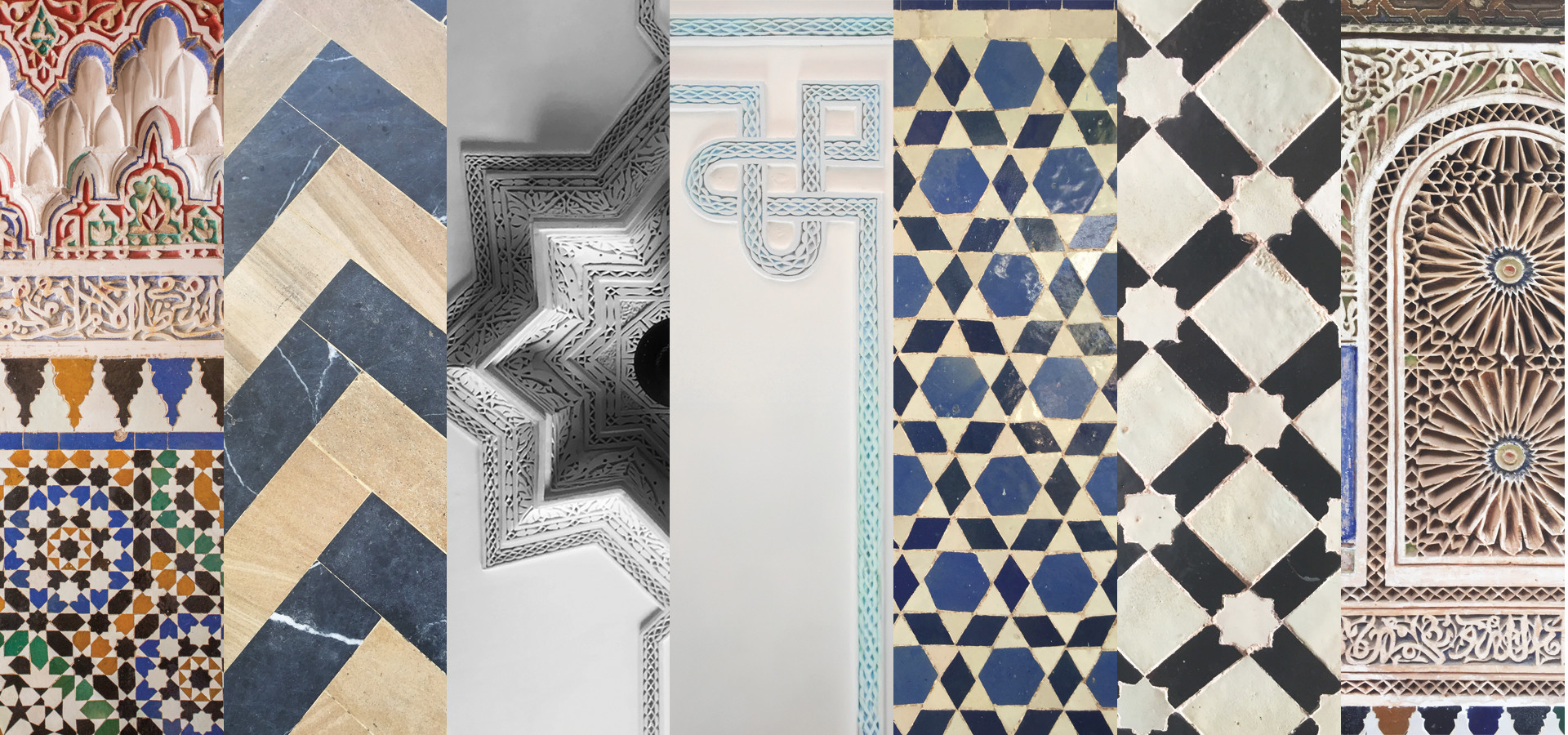
Reflective of the slow pace and artistic, communal lifestyle of Morocco, the style is about creating special places with signature pieces. Peaceful and serene courtyards, decorative fountains, artisanal tile work, oversized kilim floor pillows, handmade rugs, ottomans and handcrafted leather or fabric poufs are just a few accents that create the look.
While Morocco is definitely a style influencer, it is also an unforgettable experience with a unique culinary profile to delight the senses. Dana Klitzberg, a chef, reminisces about a recent trip to Morocco and speaks fondly about the sweet-sour flavor profile and the Moorish/Arab/Sephardic cooking style.
Fruit (fresh or dried) and nuts are often paired with meats, and warm spices are used—like cinnamon, cumin, ground coriander, turmeric and saffron. Preserved lemons and olives are also found everywhere.
Dana refers to the cuisine as classic North African comfort food, noting delicious tagines, couscous, bisteeya and the many vegetable-focused dishes. The assortment of starters—mostly vegetarian and served cold—includes salads and marinated chickpeas and vegetables, from carrots to eggplant, cucumber and tomato.
Hospitality is ever present wherever you go in Morocco, Dana shares. At a hotel, shop or café you may be met with mint tea, often referred to as Moroccan whiskey, which is delicious and beautifully presented in elaborate silver teakettles and gorgeous, jewel-toned decorated glasses.
Photographer Shane O’Donnell, who just returned from his second Moroccan trip, states that from the storied casbah Ouarzazate to the windsurfing capital of Essaouira on the northern coast—with its beautiful leather and beach camel excursions—to the hypnotic market of Marrakesh onward into the majestic blue of the city of Chefchaouen and the ancient city of Fez, be prepared to be amazed at every turn. “A trip to Morocco offers something for everyone: five-star luxury or modest hospitality,” he says.
As award-winning tour operator Peggy Markel suggests, it is a “feast for the senses.” With two decades of deep experience in global culinary traditions, she personally hand-tailors each of her programs to lead her guests into cultural immersion through the sensorial pleasure of food in Morocco.
Her Moroccan adventure was developed in conjunction with the inception of the luxurious Jnane Tamsna guesthouse, a paradigm of Moroccan luxury and class in the Palmeraie and home to designer Meryanne Loum-Martin. Peggy’s personalized trip offers a complete experience of how cuisine, culture and the popular global Moroccan style can bring a sense of expansiveness and appreciation to our lives.
Morocco and its essence—or style, if you will—is a place to wander, create, explore and get lost … literally and figuratively, weaving in and out of the narrow labyrinth of passageways in the old cities, where families structure their days and kids scurry about. Across the vast countryside you will find treasures that soothe and awaken your soul. A spirit of community, creativity and artistry takes you back to a faraway, magical, vibrant, diverse and timeless place.
This Douro Valley Outpost in Portugal Aims to Activate All of Your Senses
Full-bodied experience.






